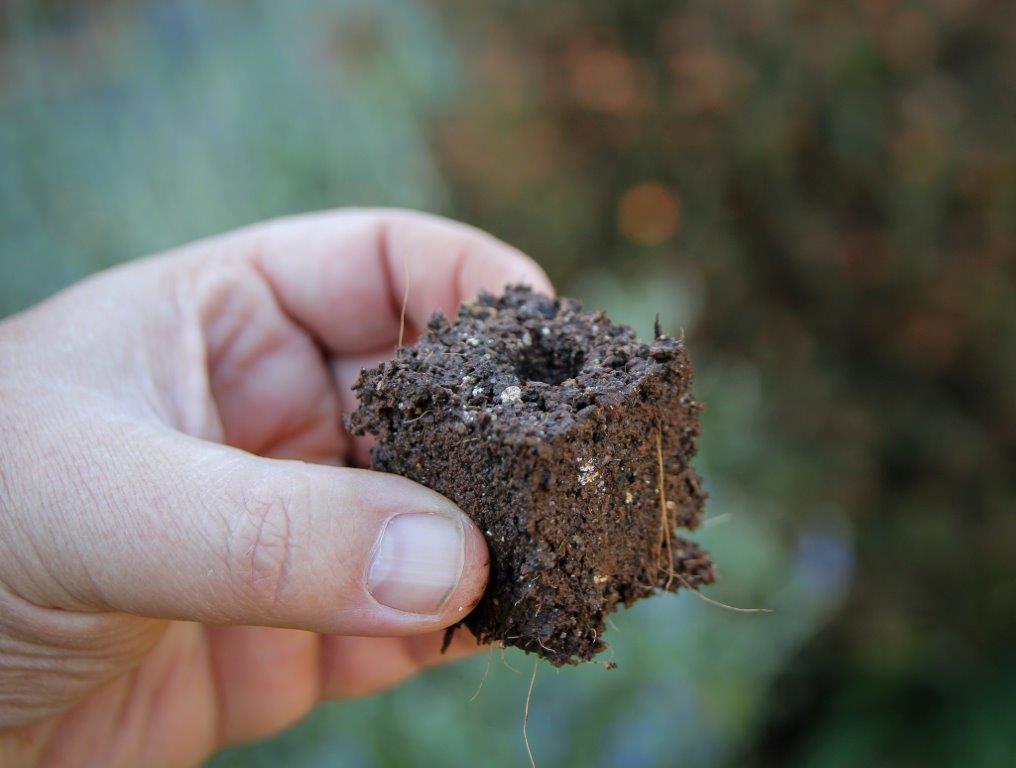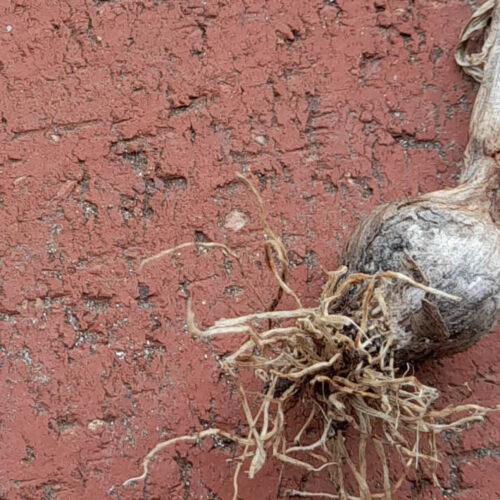All sown up
2014-08-21T00:21:24+10:00
Seed tapes and soil blocks are handy ways to sow, according to OG's dynamic duo PHIL DUDMAN and JUSTIN RUSSELL.
Phil’s easy seed tapes
Getting the correct spacing when sowing fine seed such as carrot can be a bit tricky at times. That’s where seed tapes can help. These are basically tapes of decomposable paper with seeds embedded at the correct spacing. They make sowing fine seed so much easier, and better still, they’re easy to make yourself at home.
What you need:
A roll of toilet paper
Flower glue – 50/50 plain flour and water
Seeds of choice
Step 1.
Cut lengths of toilet paper to the standard length of a row in your garden bed. Then cut each length down the middle lengthways to create two tapes.
Step 2.
With an artist’s paintbrush, dab spots of glue at the required spacing (check the seed packet) along the length of one edge of each tape. Then drop two seeds onto each one. This gives you twice the chance of a germinated seed in the right spot. If two come up, thin out the extra.
Step 3.
Fold over the tapes along the centre to enclose the seed. When the glue has dried, label the tapes, roll them up and store them a clean jar or zip lock bag ready for planting.
5 seed types for making seed tape
Carrot
Lettuce
Radish
Onion
Asian greens
Justin’s soil blockin’ recipe
Soil blocks are a great alternative to plastic punnets and good for bulk seed sowing. As the name suggests, soil blocks are small, seedling size blocks of potting soil that are formed with a special tool called a blocker. The technique has been around since the Aztecs, who used soil blocks in their Chinampas farming systems. A refined method is still used today by commercial market gardeners, who use soil blocks to minimise transplant shock and lower production costs.
If you want to reduce your reliance on plastic seedling trays or step up your production of seedlings then a soil blocker may be a worthwhile investment. You need to start with a good seed raising mixture. Here’s one I use, which can be used to raise seeds in any container.
Soil block ingredients
5 parts cocopeat (sold in compressed blocks)
2 parts sieved compost (homemade is best)
2 parts sieved garden soil
1 part coarse sand (fine sand won’t work)
1 part vermiculite
A sprinkle of garden lime/wood ash
Enough water to make the mix about the consistency of oatmeal.
How to make a soil block
- Make the soil mix a couple of hours before you plan to use it. This allows water to penetrate all the ingredients.
- Charge the blocker by pushing it firmly into the mix.
- Depress the spring loaded plunger to eject the blocks onto a seedling tray.
- The blocker leaves a shallow depression in the top of each block. Fill this with a seed or two.
- Cover the seed with a thin layer of fine, sieved compost.
- Keep the block moist until germination using a fine mist spray, then spray weekly with half strength liquid fertiliser.
- Transplant when roots are visible through the soil block and the seedling is well established.






